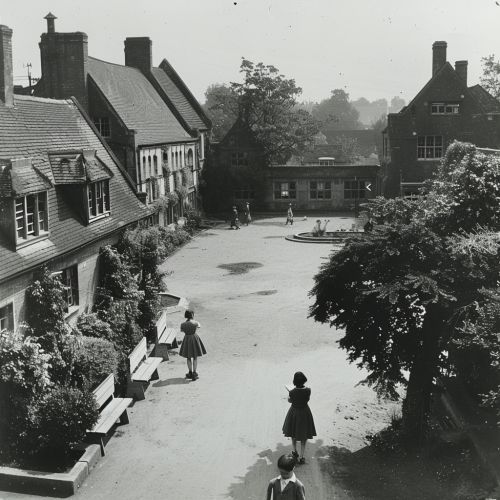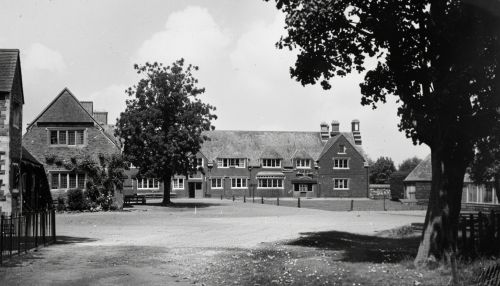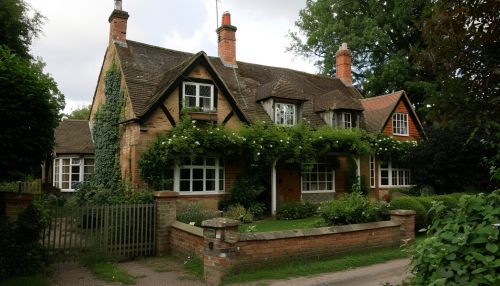Roger Penrose
Early Life and Education
Roger Penrose was born on August 8, 1931, in Colchester, England. His father, Lionel, was a renowned geneticist and psychiatrist, and his mother, Margaret, was a medical doctor. His older brother, Oliver, is a notable physicist, and his younger brother, Jonathan, is a chess grandmaster.


Penrose received his early education at University College School in London. He then went on to study mathematics at University College, London, where he earned his bachelor's degree in 1952. He completed his PhD at St John's College, Cambridge, in 1958, under the supervision of algebraist and geometer John Todd.
Career and Research
Penrose's career has been marked by significant contributions to the fields of mathematics and theoretical physics. His early work in mathematics includes the development of the Penrose Triangle and the Penrose Tiling, both of which are examples of mathematical objects that exhibit a form of non-periodic symmetry.
In the field of theoretical physics, Penrose is best known for his work on general relativity and black holes. His most significant contribution in this area is the Penrose-Hawking singularity theorems, developed in collaboration with Hawking. These theorems demonstrate that under certain general conditions, singularities - points where quantities such as density become infinite - are inevitable in general relativity.


Penrose also developed the concept of spinors, complex mathematical objects used in quantum mechanics, and twistor theory, a new approach to the unification of quantum mechanics and general relativity.
Honours and Awards
Over the course of his career, Penrose has received numerous awards and honours for his contributions to mathematics and theoretical physics. These include the Wolf Prize in Physics (1988), shared with Stephen Hawking, and the Dirac Medal (1990).
In 2020, Penrose was awarded the Nobel Prize in Physics, shared with Reinhard Genzel and Andrea Ghez, for the discovery that black hole formation is a robust prediction of the general theory of relativity.
Personal Life
Penrose married his first wife, Joan Isabel Wedge, in 1959. They had three sons together before their divorce in 1975. In 1984, Penrose married his second wife, Vanessa Thomas, with whom he has one son.
Penrose is known for his interest in recreational mathematics and puzzles. He is also a proponent of the Orch-OR theory, which proposes that consciousness arises from quantum processes within the brain's neurons.


